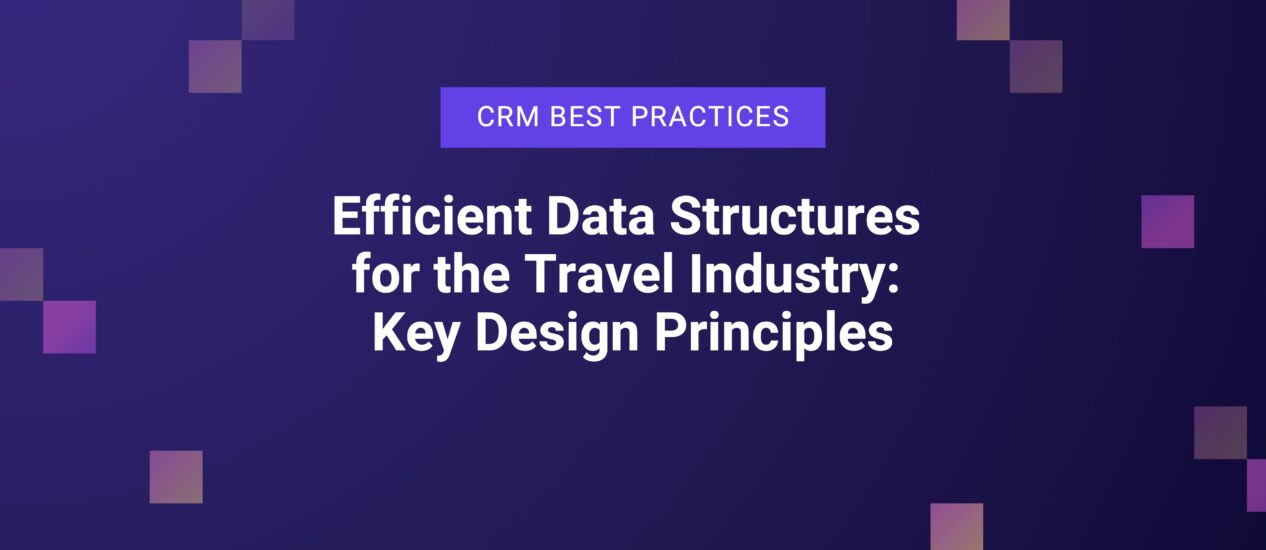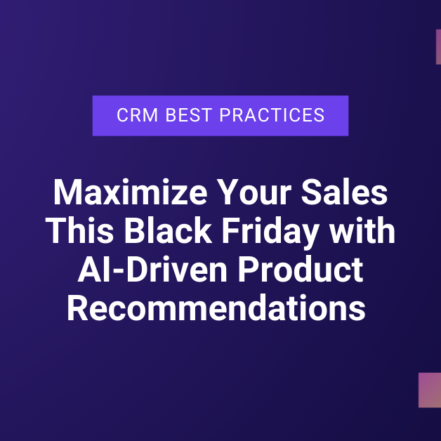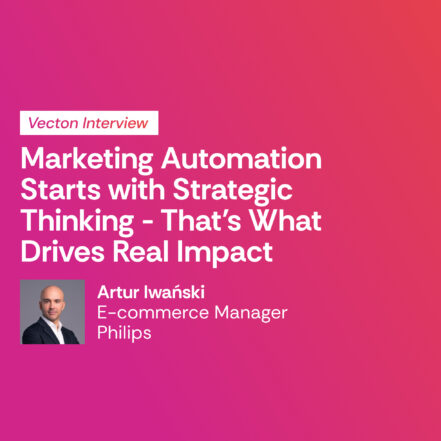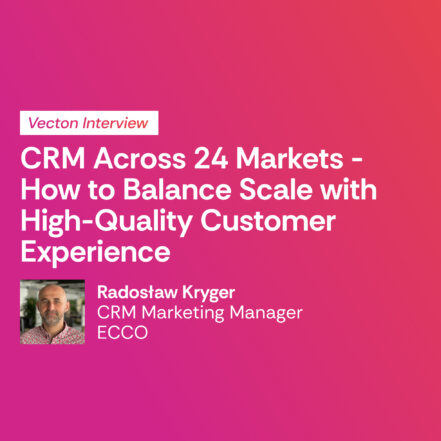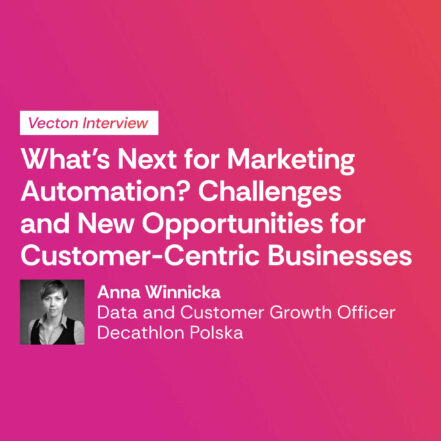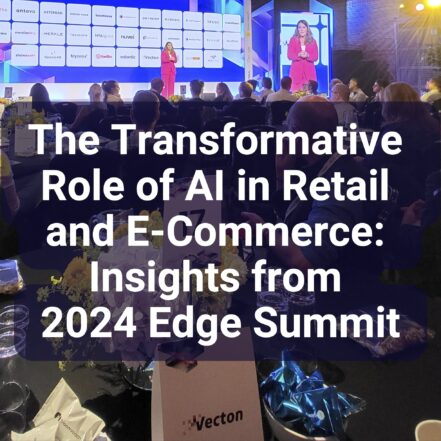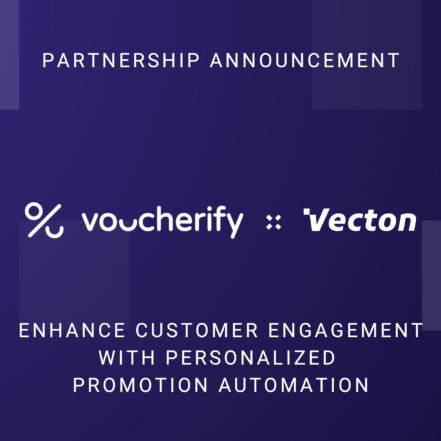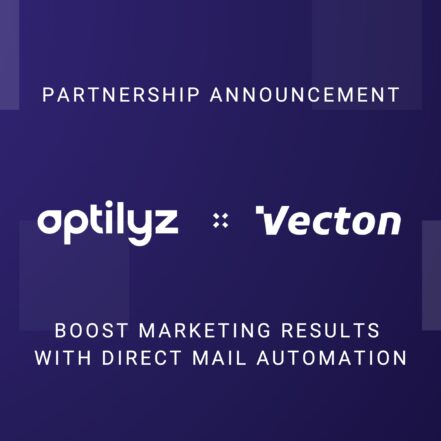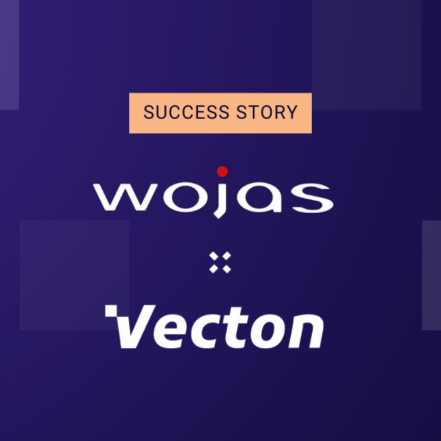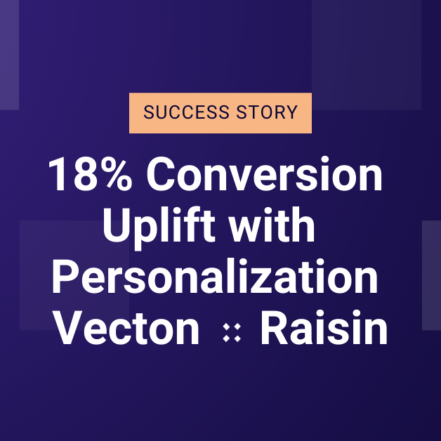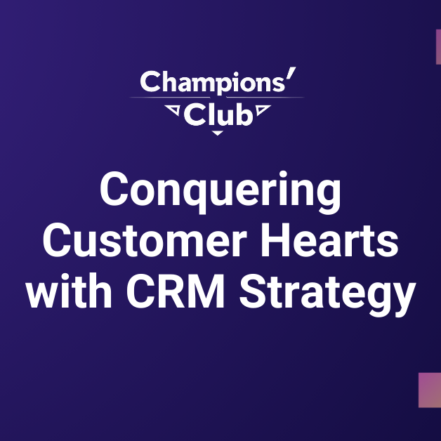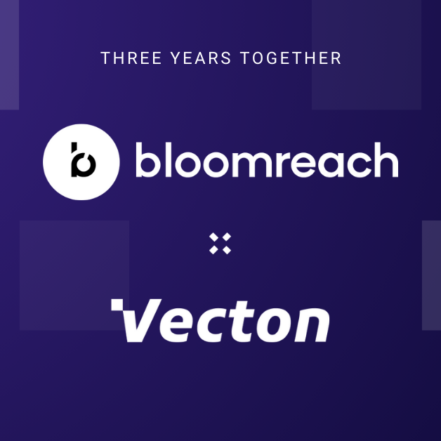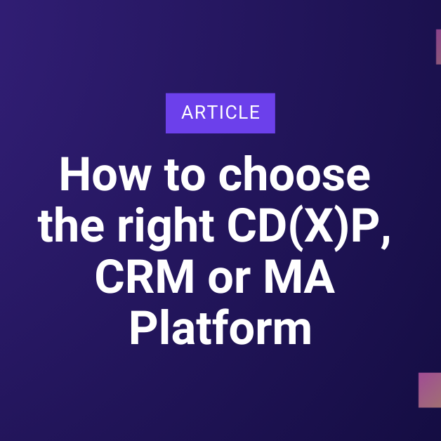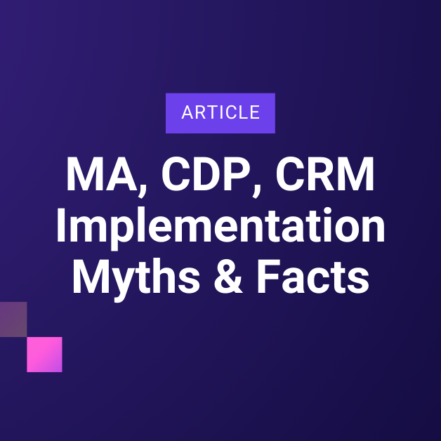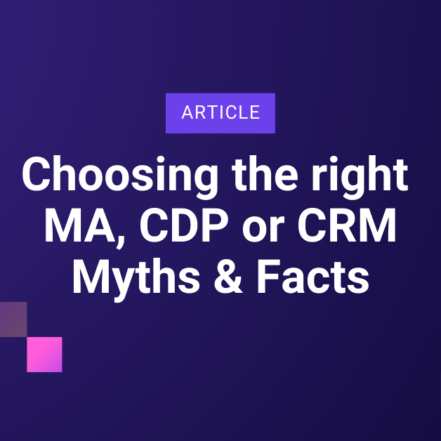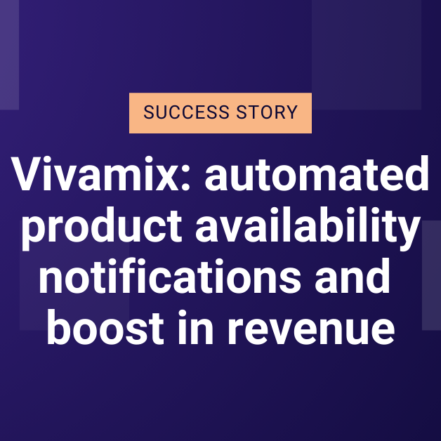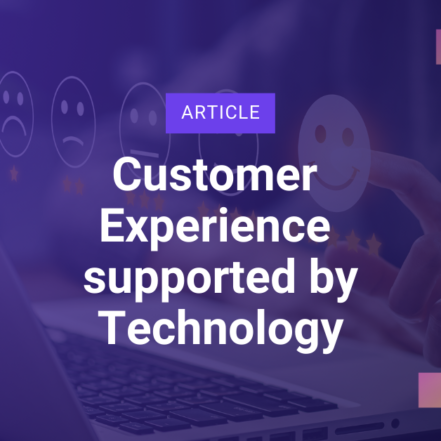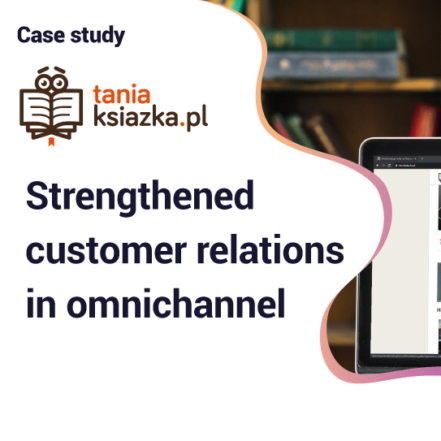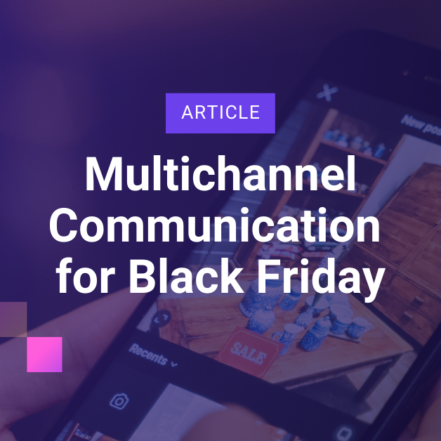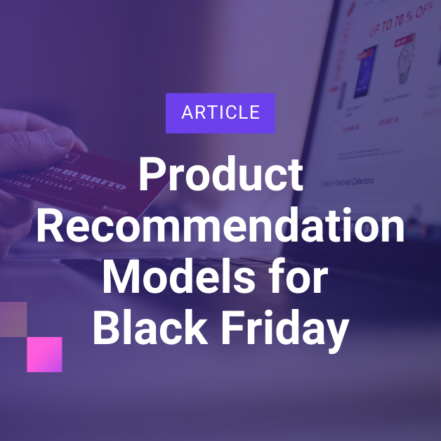Vecton is being hired by companies in the Travel industry to support their CRM and IT teams in conducting CRM audits, migrating to new CRM platforms, or creating CRM automations aimed at increasing conversion rates and customer retention. In these projects, our goal is not only to execute a defined list of tasks, but also to provide valuable advisory. One of the key areas having a profound impact on the results is the data model behind all automations, personalizations, and analyses. The findings we share here may be beneficial for the efficiency of your Travel business.
Challenge
Travel is a broad industry with different types of organisations and business models. In this article we focus on companies offering travel products and services – trips – to the end consumers, via online and offline channels (tour operators, travel agencies, etc.) of medium to large size.
The specificity of travel companies is in their product structure. Usually, the “trip” product is a configurable object with many optional features and additional services. The dates, accommodation details, insurance, transportation options, food, additional attractions, and services – all those details not only impact the price but also are important aspects of the product from a customer preferences perspective. This richness and flexibility of the travel offering is obviously a great advantage for the company’s customers, but it may turn into a nightmare for the architects of the CRM platform technical integrations.
Another challenge, hugely important from a CRM point of view, is the fact that travel products are most often not purchased and consumed individually. Instead, people usually travel with their families or friends and this simple fact poses a challenge for the customer and product identification.
Solution
Based on our experience we have gathered the best practices of the effective CRM data setup for the Travel industry companies. You can use them as guidelines when structuring your data in the CRM system you use.
Customers are correctly identified
CRM platforms have some differences in how exactly the customer identification graph can be constructed, but many of them provide a degree of flexibility. As a Travel company, you will definitely need a customized customer profile structure, most probably with a set of identifiers, not just one. The identifiers can be based on an email address, phone number, internal ID, or a combination of them.
The resulting ID setup should enable you to easily select the right customers in the database with the filtering features of the automation builder or to get the right customer information for the purpose of personalised content.
Therefore, we suggest the following good practices:
- Work closely with the IT team responsible for the travel product data, the backend systems and databases.
- Pay attention to the advanced features of customer identification of the CRM platform you use.
- Plan concrete automations with personalised content based on the vacation preferences of your customers or prospects.
- Evaluate the functioning of the planned use cases for different customer types, including the edge cases and non-typical ones, to make sure that your planned automations and campaigns will bring the expected results for the end customer.
- Don’t forget about the data analytics you will need to conduct on the customer database. All the required analytics – from guests’ segmentations to campaigns’ business evaluations – need to be conveniently doable with your customer identification setup and bring the correct results.
- In more complex situations it will be necessary to create a detailed list of customer identification touchpoints and plan expected outcomes, e.g. customer profile merging, creation of a new profile, finding an existing profile in the database, etc.
All relevant data is captured
The obvious goal is to track all information which later will be helpful in the proper functioning of personalised campaigns and automations, as well as analytics. The less obvious advantage of a good CRM data setup is to avoid saving information that will not be used and only would add unnecessary complexity to the system and confusion for its users.
For the Travel industry company the good practice data capturing setup:
- Tracks, in the form of events, all transaction actions, including all updates in the package purchased by each customer and from all the sale channels used by the company – online and offline. As usually, the travel offering is rich and flexible, the ‘purchase’ or ‘order’ event structure can be very large so the events collect all the information about the most recent order status. In reality, such a transaction event can contain over 100 event properties and can be close to the technical limits of the CRM platform. Thanks to such a robust data format, the system has all customer purchase history which enables:
- Real-time communication as reactions to the most recent actions done by the customer
- Segmenting customers by their purchase pattern based on a long-term history
- Analysing changes of clients’ behaviour in time individually and by aggregated cohorts
- Captures, also in the form of events, the behavioural data informing about the interests and preferences of the customers and, if possible, of anonymous prospects.
- Properly saves other crucial information, such as marketing consent data in line with GDPR, as events – with exact time and precise legal information about the consent given or withdrawn.
- Captures answers from the survey questions about customers’ preferred destinations, trip types, people they usually travel with or satisfaction surveys conducted after the trips.
Data structure enables all personalised communication to be deployed easily
CRM data is not just another database. It’s a production database for most of the communication you conduct with your customers. The way your data is designed and stored in your CRM platform impacts the extent to which you can take advantage of your CRM platform features to better connect with your customers and reach your business objectives such as customer satisfaction, conversion, and retention.
The best practices of such a data scheme that maximises the value of the CRM platform for a Travel industry company include:
- Make sure that the data format enables triggering automated actions at the right moment and for the right customers. The good way to achieve this is to document all automated and personalised campaigns needed now and in the future, and to plan a data structure that enables the proper functioning of all these campaigns (or, if not possible, then at least of the top priority ones). For example, if you plan to set up a trip cancellation journey, then you need to have precise information about the details of the cancelled trip and what exactly has been cancelled from the purchased package (because the client might have cancelled only some part of the package, e.g. the insurance). Only by having that detailed data can you ask specific questions about the cancellation reasons and propose the next steps in order to retain the customer properly.
- Make sure that the personalised content is possible to include in each communication message in an easy way for you and your team. The best practice is to start by envisioning and listing the use cases with personalised content – for now, and future. Having that you can define what information you need to have on the customer level to use in the email, sms or app push message content. Then plan how exactly to save that information so it is accessible in the jinja or liquid code in the message builder or in the automation conditions in your CRM platform. For example, in order to attract customers in the relevant way, you would like to know if the customer is going on trips with kids or not. That information can be taken from previously purchased trips or from surveys, or derived from the search queries of the new offers. It is worth planning the exact way of aggregating these sources into one segmentation which can be used in many different messages to make them personalised.
Effective setup of personalised recommendations
In the Travel industry product recommendations are much more difficult to set up than in retail businesses with a clear list of products available. Travel products are usually configurable and their availability and prices are changing in real time. Product recommendation models, being a part of advanced CRM platforms, need a static list of products with a clear set of attributes as the base for the learning phase of the recommendation model. That challenge should not stop you from setting up a system which recommends personalised Travel products to your potential customers.
A good practice solution in Travel products personalised recommendations is:
- to create and maintain a special product catalogue (‘recommendations catalogue’) with a simplified list of typical trips offered. This catalogue is later used by recommendation models as a base in their learning process.
- to map the structure of event attributes which will be used by recommendation models in their learning process with the product attributes used in the special ‘recommendations catalogue’. Usually the mapped attributes of the ‘recommendations catalogue’ are the same as attributes in transactional and behavioural events and contain information about: the means of transport (plane, bus), departure place/city, different food options, attractions at the destination/hotel, hotel standard, country, region, city/place name.
Conclusion
Implementing advanced CRM systems in the travel industry requires particular attention to the flexibility and scalability of the data structure. For travel products like trips, it’s crucial to track every component, from accommodation to additional services, allowing precise personalization of offers and automation of marketing processes. This effectively increases customer engagement and satisfaction.

Kornel Foks, Senior CRM & Marketing Automation Specialist at Vecton
We have covered some important aspects of CRM data architecture in a travel company. However, this area is much broader. Ensuring proper data analytics and segmentation, maintaining data structure flexibility, and addressing other critical areas are also essential. Additionally, remember to keep your data documentation up to date and ensure your teams understand the true meaning of each event, attribute, and variable.
If you are facing challenges with your CRM data structure, reach out to us at hello@vecton.com.
